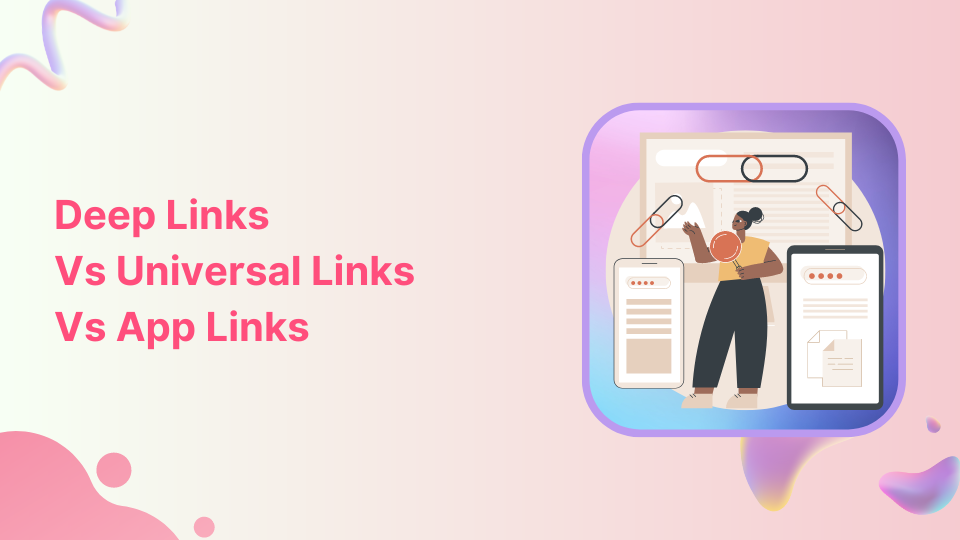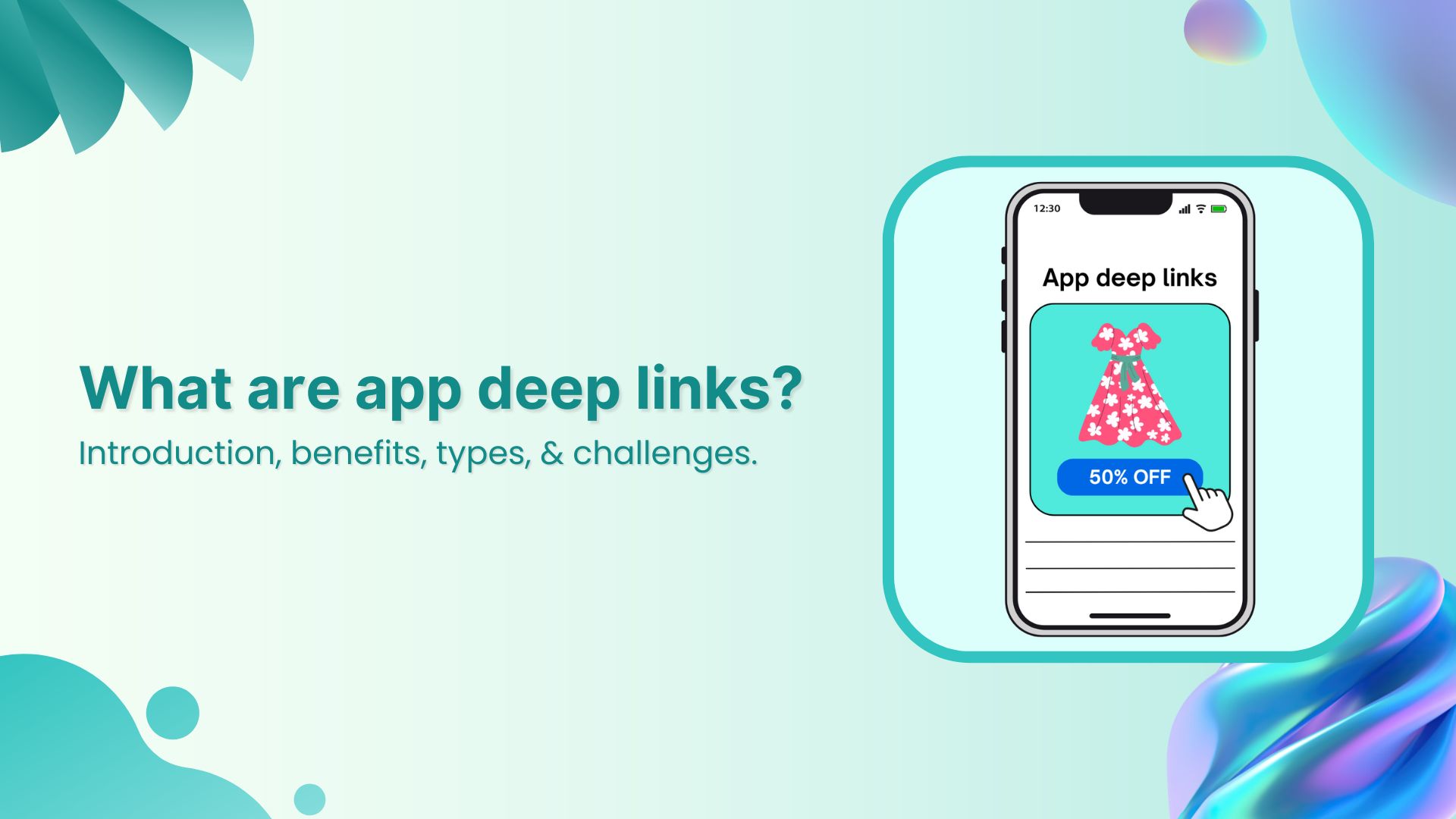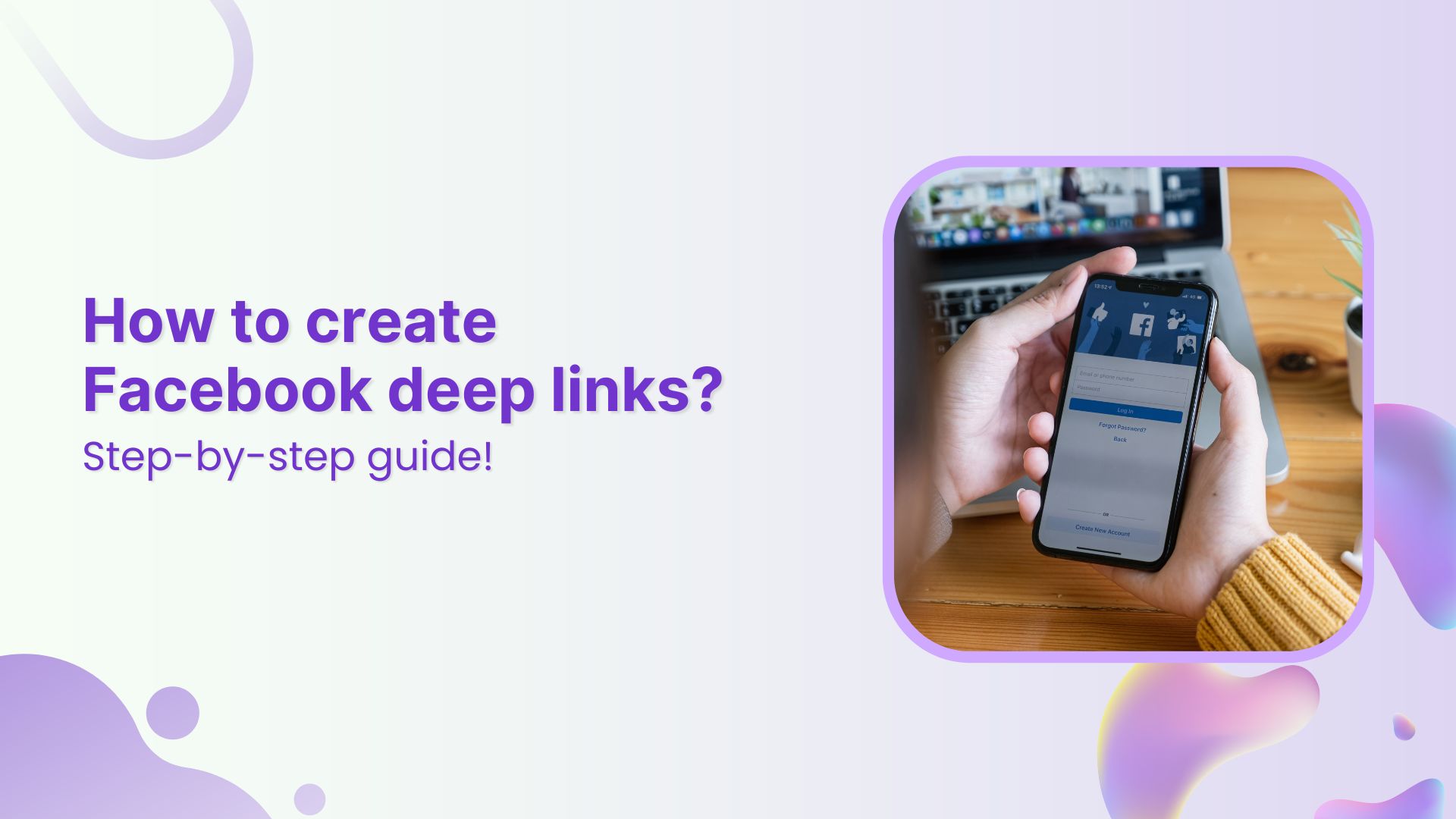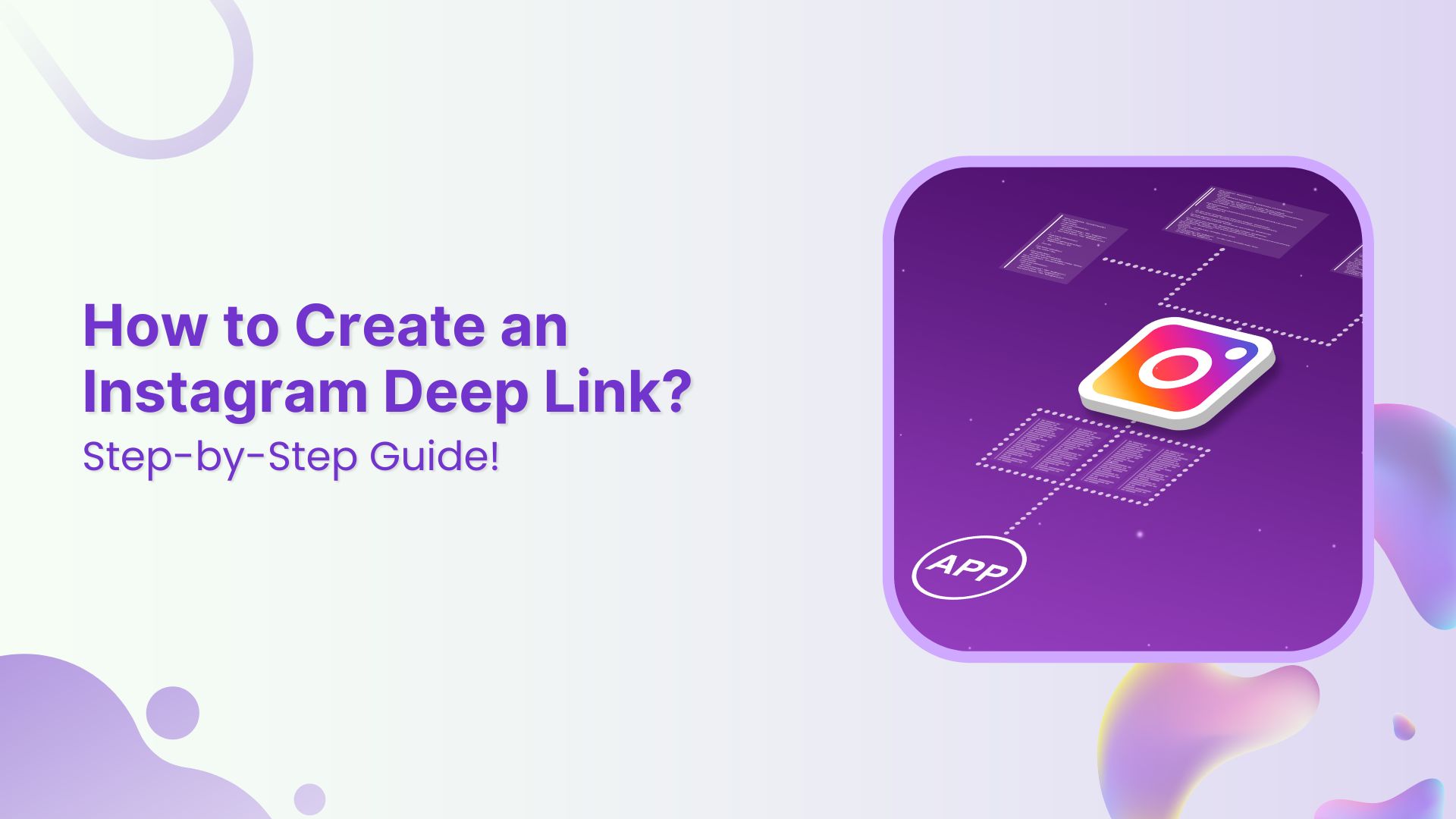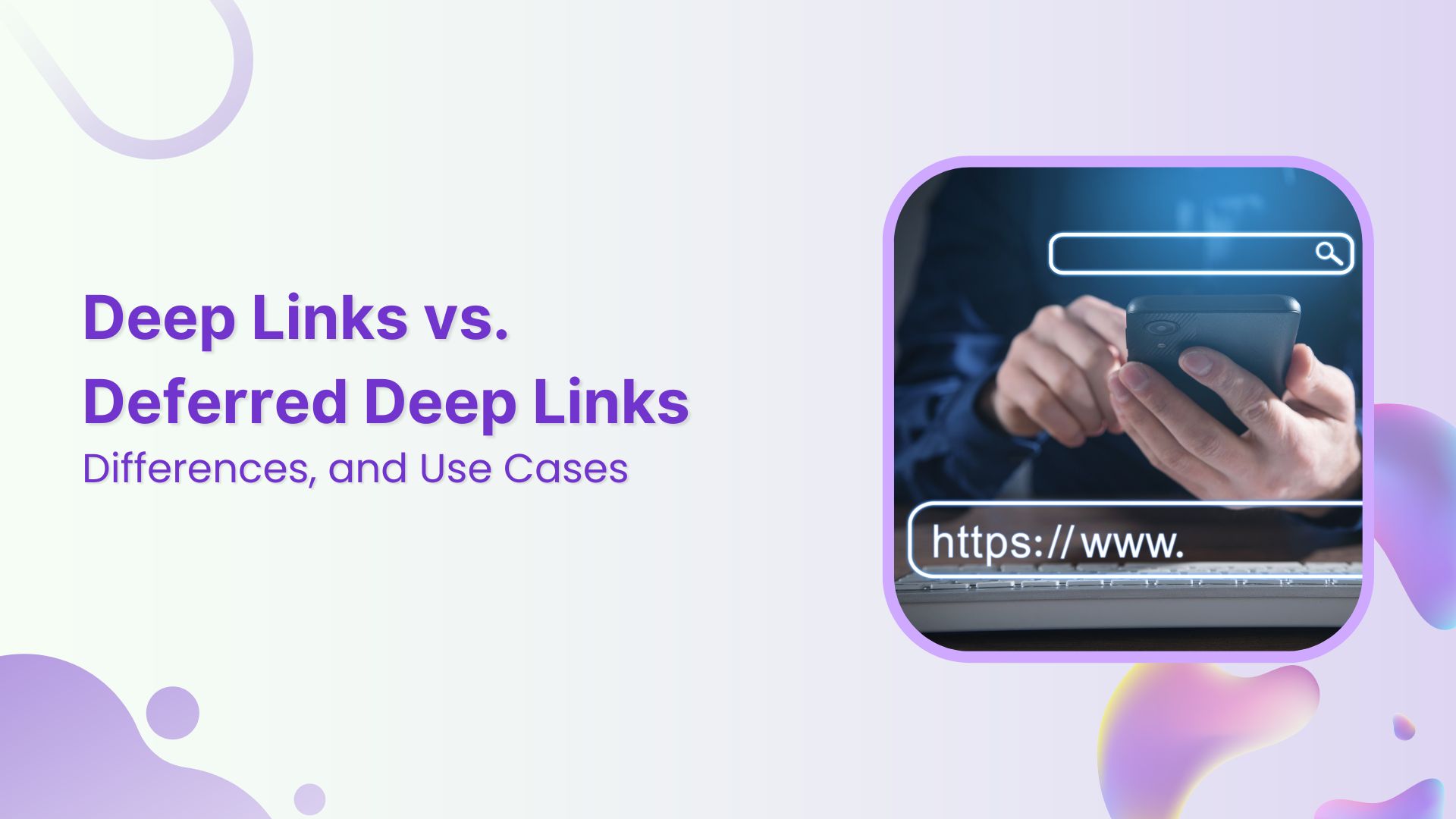Link management has been around for a while now. A powerful link management strategy that every marketer should know about is deep links.
All businesses and marketers know how important it is to drive the audience to the appropriate destination.
That’s why implementing a powerful link management strategy is pretty crucial.
Most are still not clear about this URL strategy.
If you’re a tad bit curious about deep links and universal links, then you’re at the right place.
We’ll help you understand the difference so that you can use them for your maximum benefit.
Let’s get right into it.
What is deep linking?
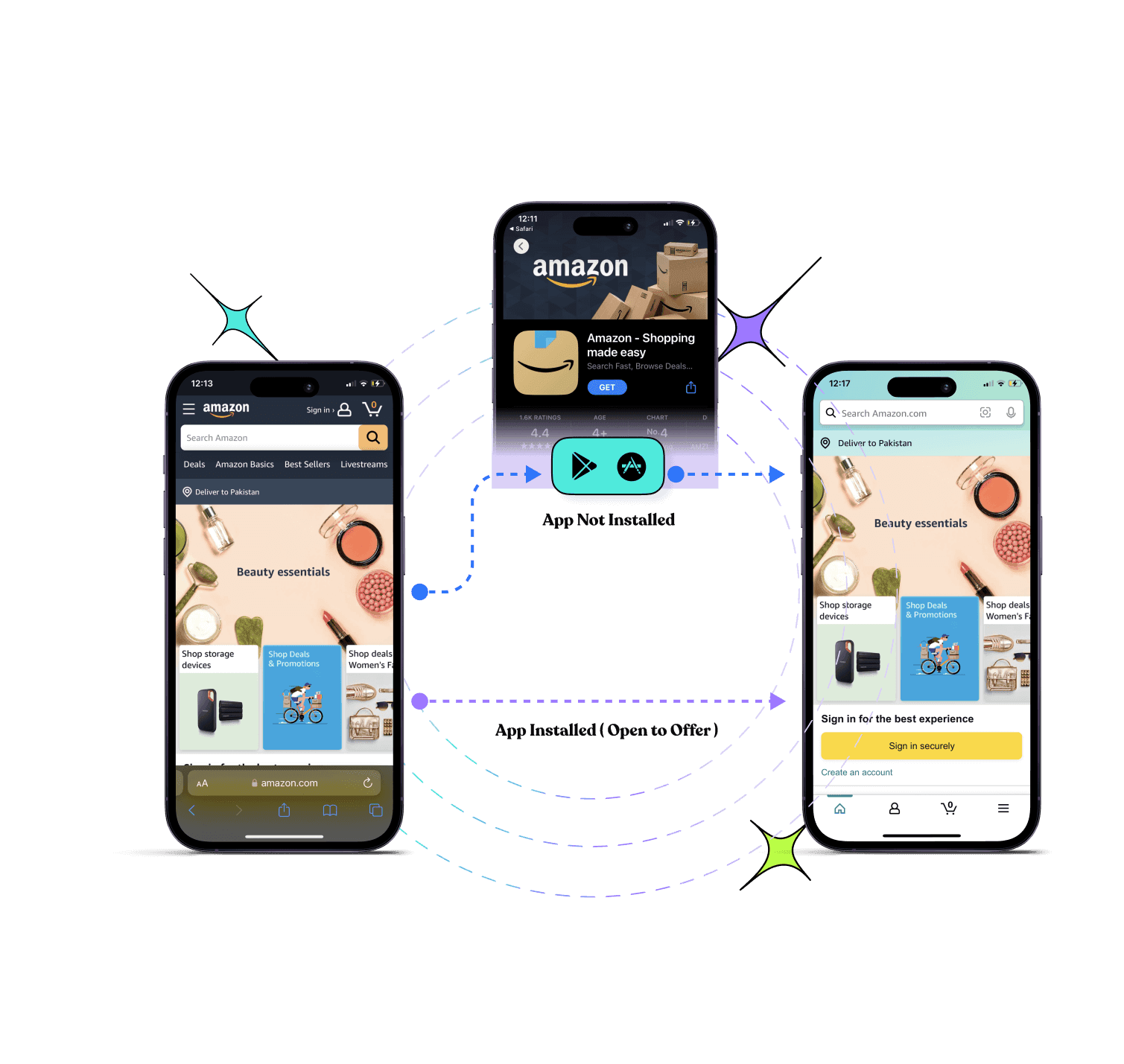
Deep linking is a strategy that takes users directly to specific content within a website or mobile app.
It offers a more direct and efficient navigation experience. It speeds up the communication, data accessibility, and connectivity. Thus, it provides value to the end user.
For example, you receive a recommendation from an online store. You share the link with your friend that takes them directly to the product’s page. Instead of navigating through the app’s main menu or search function, they land on what you recommend.
Common types of deep links
The common types of deep linking are:
- Basic deep linking
- Deferred deep linking
- Universal links (iOS links)
- App links (Android links)
Basic deep links:
Basic deep linking is a fundamental technique that directs users to specific pages or content within a mobile app. It improves in-app navigation by allowing users to bypass the app’s homepage and land directly on the intended content. This type of deep link is commonly used to streamline the user experience and guide users to targeted information or features within the app.
Deferred deep links:
Embracing flexibility, deferred deep links bridge the gap even if the app is missing. Clicking such a link first prompts the app download, then seamlessly launches the app and whisks the user to the intended destination upon installation. This smooth transition eliminates user friction and encourages app adoption.
Universal links (iOS):
Designed specifically for iOS, universal links seamlessly blend the web and app experience. These links work regardless of whether the app is installed, leading users to app content via the web browser. Upon downloading the app, future clicks automatically open the link within the app, creating a streamlined journey.
App links (Android):
For Android users, app links mirror their iOS counterparts, facilitating smooth transitions between web and app content on Android devices. In instances where the app is installed, the link seamlessly opens the desired content within the app. Conversely, if the app is absent, the link gracefully reverts to the web content, eliminating the requirement for redirection to the Play Store. This methodology is tailored to ensure a cohesive and trouble-free user experience on Android platforms.
Link Management Made Easy
Your go to link management tool for CTAs, branded and bio links, QR Codes, tracking and retargeting.
Get Started for FREE!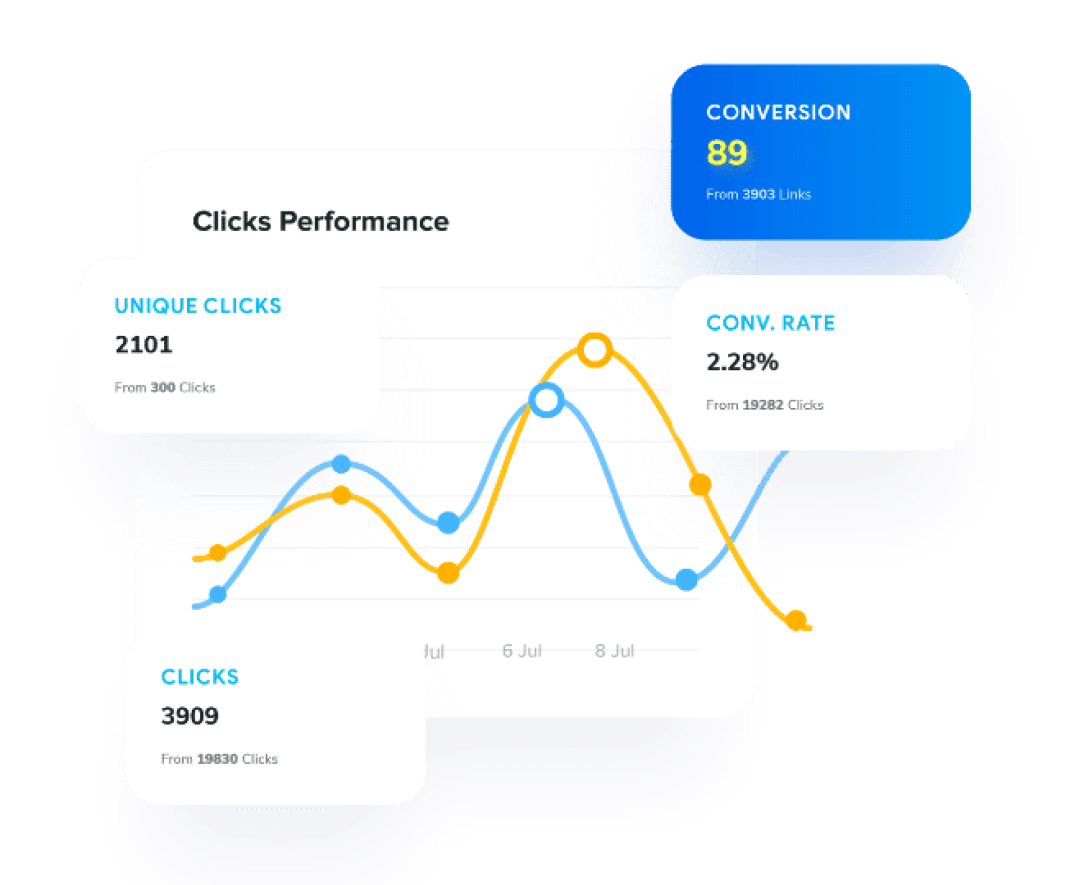
Basic deep links vs deferred deep links vs universal links vs app links?
Undoubtedly, deep links are a smart tech innovation that helps brands, organizations, bloggers, and influencers establish a strong connection with the end users. It’s vital to understand different types of deep links for more clarity.
The reason is that there are several types and each of them works differently, for instance, the traditional deep link would take the user to the specific section in the mobile app, but won’t work if the app isn’t installed.
On the other hand, the deferred deep link would take the user to the App Store and recommend the user install the respective mobile app. After the installation, it will still take the user to the intended content within the app.
While traditional and deferred deep links are more general terms, app links and universal links are platform-specific concepts tailored for Android and iOS, respectively, with a focus on providing a seamless transition between web and app content.
Related: How to share videos using deep links?
Comparison Table
You can see the difference in the below table
| Type | Deep Links | Deferred Deep Links | iOS Links (Universal Links) | Android Links (App Links) |
|---|---|---|---|---|
| Basic Functionality | Directs to specific app content. | Opens specific content on the mobile web, even if the app is installed later. | Seamlessly switches between web and app content, providing a smooth user experience. | Seamlessly switches between web and app content, providing a smooth user experience. |
| Fallback Behavior | May result in an error or prompt to install the app if not present. | Redirects to the app store if the app is not installed, then opens the content after installation. | Falls back to web content if the app is not installed, enhancing user experience. | Falls back to web content if the app is not installed, enhancing user experience. |
| User Scenario | Used for enhancing in-app navigation. | Useful for user on-boarding and re-engagement, allowing users to access specific content after app installation. | Provides seamless transition between web and app content, improving user experience. | Provides seamless transition between web and app content, improving user experience. |
Why do you need deep links?
Now that the comparative differences are clear between deep links vs universal links and other links. If you haven’t had a chance to understand the benefits, let us elaborate on why you need to use deep links:
i. Enhance user experience:
User experience is an essential aspect of the customer acquisition journey and plays a key role in convincing prospects to convert into customers. Deep links boost user experience as they direct users to specific in-app content, minimizing navigation steps, and providing a smoother, more enjoyable experience for the end users.
ii. Streamline user on-boarding:
No one wants a complicated sign-up process that takes up so much time. Smart digital marketing experts and consultants use deep linking for a seamless on-boarding process and guide users directly to the specific in-app location or personalized content, ensuring a pleasant experience for the user.
iii. Optimize conversion rates:
Conversion rate optimization is crucial to every digital marketing campaign whether it’s based on organic growth or paid ads. Since deep links drive users to targeted pages, they increase the likelihood of conversions by eliminating unnecessary steps.
iv. Boost user engagement:
User engagement leads to generating more leads, downloads, or purchases – whatever the KPI is set for the campaign. Leveraging deep links enables precise targeting of content to cater to the audience, which fosters effective user engagement by delivering relevant information without wasting time.
v. Facilitate quick customer communication:
It’s clear that deep links provide a direct pathway for sharing specific content or updates, enabling quick communication with customers and prospects, and resulting in effective customer support.
Explore how LINE Music improved conversion rates with deep links
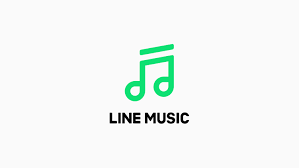
Objective: Boost subscriptions to the music streaming app.
Target audience: The focus was set on non-subscribers, aiming to convert casual listeners into dedicated music enthusiasts.
Creative strategy: Users encountered an ad designed to navigate them seamlessly to the subscription page, the virtual gateway facilitated by the strategic integration of deep linking.
Outcome: The outcome revealed a substantial uplift in conversion rates, with a remarkable increase of 63% for Android users and an impressive surge of 99% for iOS users. The strategic implementation of deep linking proved instrumental in optimizing the user journey, resulting in a significant boost in subscriptions to LINE Music.
Wondering how to create deep links!
Replug is a powerful link management and marketing tool that comes with rich features like deep linking, tracking link analytics and more.
Use cases & popular examples of deep link
i. Duolingo takes the students back to the lesson
It’s an interactive, educational platform for learning new languages. Duolingo is available on both iOS and Android platforms. It also has a web version.
Duolingo platform uses deep linking to seamlessly bring users back to the stage where they left off or reached the last session.
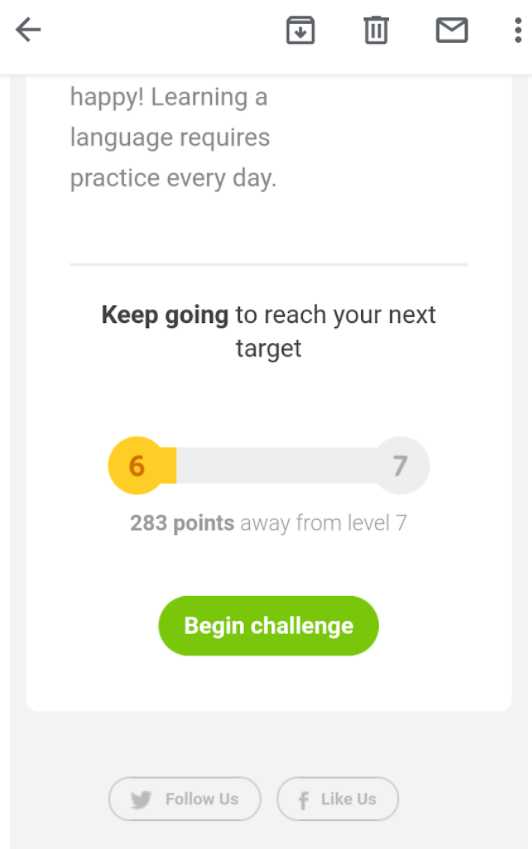
When a user clicks a CTA link in an email, they can resume their progress from where they left off.

If you are their app user, then it will take the user to their app. Otherwise, the user is redirected to their website. Thus, this language learning platform is a great example of deep links.
ii. Netflix allows users to go to the title directly from the email newsletter
Netflix is one of the most successful online streaming services in the world and continues to innovate its marketing and engagement strategies.
Besides targeting prospects through social media engagement, this streaming service pays close attention to retaining and warming up the current user base through email marketing.
Moreover, Netflix uses deep links in their email newsletters, which allows them to bring users instantly back to their mobile app.
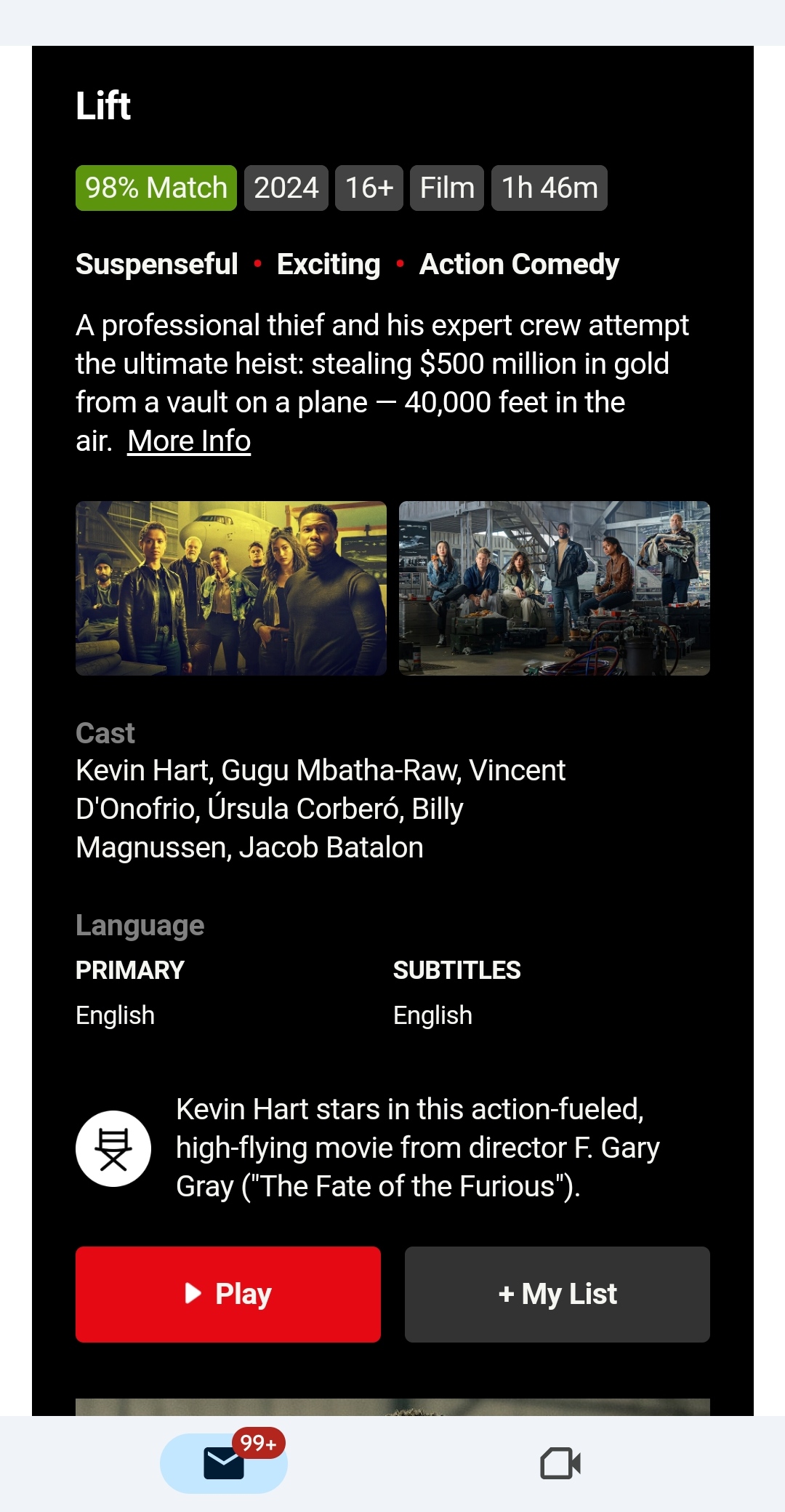
All you need is to click on the “play” CTA button in their email newsletter, and the title will instantly play in your Netflix app.
So, Netflix is a great deep linking use case and example for marketers to learn from, especially when establishing a consumer engagement strategy.
Let’s conclude: How deep linking helps in marketing
Deep links are a massively popular link management strategy for organizations, digital marketers, and SAAS businesses. It assists marketers in smoothing the user journey by providing quick, fast links for swift accessibility, reporting, and analysis.
Moreover, deep linking is crucial to improving the mobile app user experience as it improves the basic app accessibility and provides a long-lasting experience.
Utilize deep linking to reach more users and convert more.
FAQs about deep linking
Let’s take a look at some of the questions to follow up on:
What is the difference between a link and a deep link?
A link is any URL that points the visitors to a specific page on the web server. However, the deep link is a special link that directs the visitors to a specific location on the mobile app. Deep links are used by SAAS tools, affiliate networks, and app-based startups to quickly take visitors from a URL to the in-app content.
What is an example of a universal link?
Here’s an example: go to Google and search for “iMovie” or simply open this link on your iPhone. It’s a link to the iMovie app for iPhone and iPad. The above-mentioned link will directly take you to the App Store to install the iMovie app.
However, if you try to access the link on an Android device, it won’t take you to the App Store app as there won’t be one to open on an Android device. It may open the URL in the mobile web browser. That’s an example of a universal link.
What is deep linking in iOS universal links?
Universal links are deep links for the iOS/Apple ecosystem. They are used to link directly to specific content within an iOS app, rather than just launching the app’s home screen. Universal links are a default deep linking solution from Apple and allow developers to associate web URLs with their iOS apps, enabling a seamless transition between web content and app content.
Why is deep linking good?
There are various reasons why brands and SAAS companies use deep linking, and some of these reasons are quick accessibility of content, faster engagement, easy delivery of information, and seamless transition. Undoubtedly, deep linking is good for content marketing and customer engagement.
Deep link vs. Hyperlink: Which one is better?
A deep link drives the visitor to the specific in-app location or a certain product page on the web, allowing easier and quicker engagement with a seamless transition. However, a hyperlink is just a regular URL pointing to a website page or web address.
How does deep linking affect SEO?
If deep linking is improving engagement, skyrocketing the CTR, and bringing more eyeballs around, then it’s worth a try. No wonder deep linking could increase content discoverability, making it convenient for search engine bots to discover, analyze, and index content for search traffic.



























